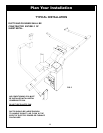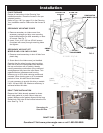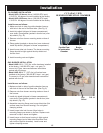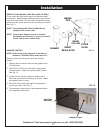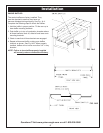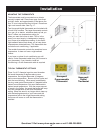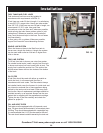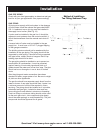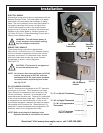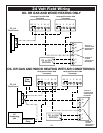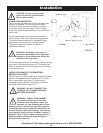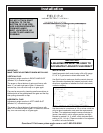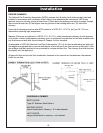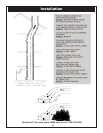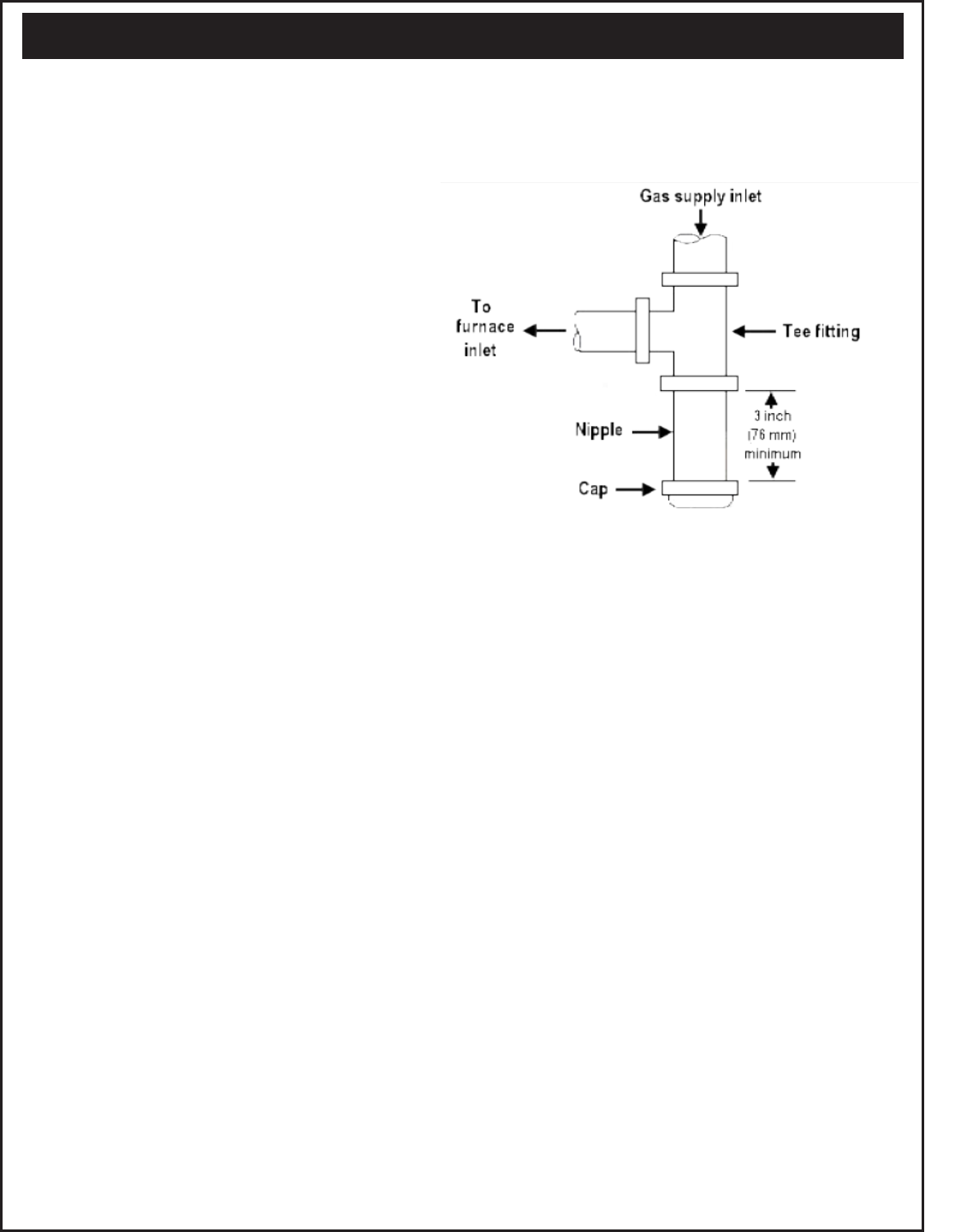
21
Installation
Questions? Visit www.yukon-eagle.com or call 1-800-358-0060
GAS PIPE SIZING
Check with your local gas supplier to determine total gas
load for all your gas appliances. Size pipe accordingly.
GAS PIPING
All piping must comply with local codes. In the absence
of local codes, follow the national fuel gas code ANSIZ-
233.1. A sediment trap or drip leg must be installed in
the supply line to burner. (See Fig. 19)
A union must be installed in the gas line. It should be
adjacent to and upstream from the control manifold. It
should be downstream from the manual main shut-off
valve.
A manual shut-off valve must be installed in the gas
supply line. It must have a 1/8" N.P.T. plugged tapping
for test gauge connection.
The building structure should not be weakened by the
installation of the gas piping. The piping should not be
supported by other piping. It should be firmly supported
with pipe hooks, straps, bands or hangers. Butt or lap
welding pipe should not be bent.
The gas piping should be installed so as to prevent an
accumulation of condensation. It must be protected
against freezing. A horizontal pipe should pitch so it
grades toward the meter and is free from sags. The pipe
should not be run through or in an air duct or clothes
chute.
After the piping and meter connections have been
checked for leaks, purge system of air. Be sure to relight
all pilots on other appliances.
The gas line should be a separate supply direct from the
meter to burner. A new pipe should be used. Locate it so
a minimum amount of work will be required in future
servicing. The piping should be installed so it is durable,
substantial and gas tight. It should be clear and free
from cutting burrs and defects in structure or threading.
Cast iron fittings or aluminum tubing should not be used
for the main gas circuit. Joint compounds (pipe dope)
should be used sparingly on male threads only. The joint
compounds should be approved for all gases.
FIG. 19
Method of Installing a
Tee Fitting Sediment Trap



